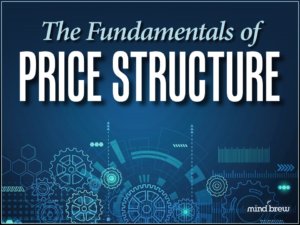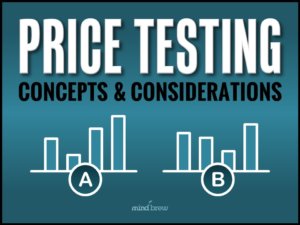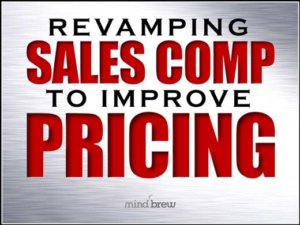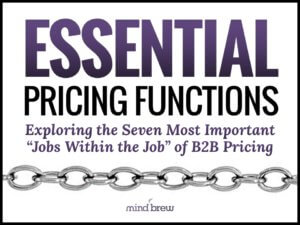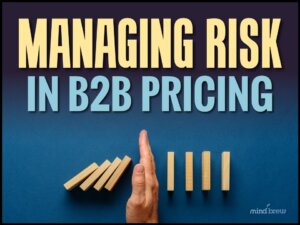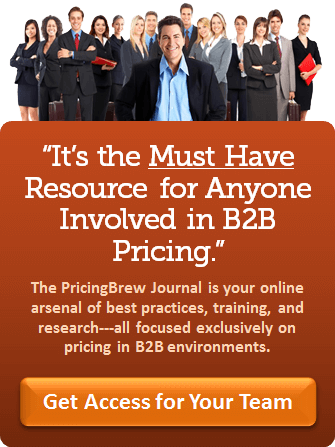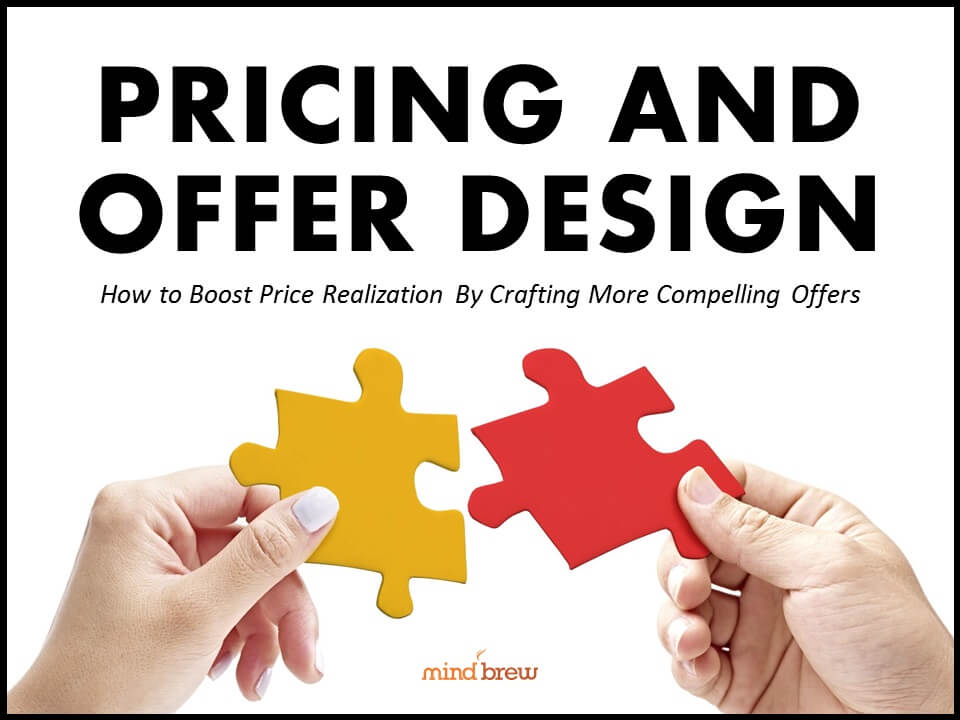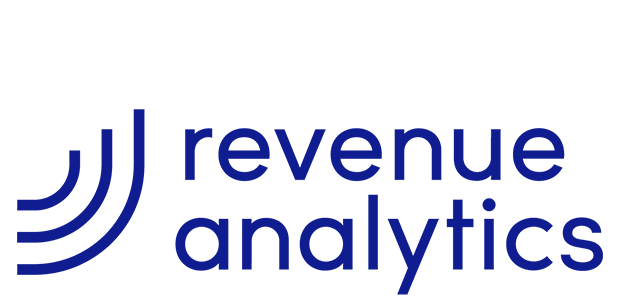Recently, a friend of ours was getting a fix for his caffeine addiction at a very large international coffee chain. While he was there, he noticed one of the baristas was taking out the recycling.
It caught his attention because the top of the bin had two holes: one labeled “paper” and one labeled “plastic.” But, unbeknownst to most customers, both holes led to the same bin. And when the barista was changing the bag, my friend could clearly see that the paper and plastic weren’t separated at all. He started to wonder if the shop was even recycling.
Slightly irked, my friend asked the barista about the seeming contradiction. She explained that she had the same questions when she first started working there.
But it turns out, the two holes in the lid aren’t meant to trick people at all. The paper and plastic does get separated at the recycling plant. The two holes are just there to let people know what they should put in the bin. If bins have one big slot labeled “paper and plastic,” people tend to mistake it for a trash can. Because we’ve all been conditioned to associate sorting our trash with recycling, people who see the two holes understand right away that this bin is for recycling and not regular trash.
When we heard this story, it reminded us of how we can use pricing “labels” to help customers make good buying decisions.
In B2B sales, the customers generally understand that everything is negotiable. The know that the prices are more like guidelines, and they will definitely be looking to get as good a deal as they can.
But just like that recycling bin used labels to help customers make good decisions about waste disposal, we can use pricing labels to help customers make good buying decisions.
What does that mean?
You can put lots of different pricing labels on our products. You might have good/better/best options with prices that reflect quality. You might bundle products together. You might have volume schedules that provide a discount for large orders. You might have surcharges or rush fees.
You can (and should) use those different labels to push customers toward purchases that maximize your margins. No, they might not ultimately be paying the list prices for anything. But those different labels allow you to steer the discussion in a way that works out well for you. For example, maybe a customer will spend all their time negotiating away a surcharge but let the list price of the product stand. Or maybe they’ll purchase products they never would have considered a la carte if those products are part of a bundle.
The best B2B firms use price testing to see how different types of labels affect customer behavior and finetune their price lists. You might be surprised at the responses different bundles or surcharges evoke, and you might find new opportunities to increase your bottom line. It’s likely that someone did some testing on that recycling bin before determining that two holes are better than one. You can — and should — be doing the same thing with your pricing.
To learn more about how these pricing “labels” work, check out The Fundamentals of Price Structure. And you can get more guidance on how to do price testing in the webinar on Leveraging Price Testing.
Ultimately, it didn’t matter where customers in that coffee shop put their recycling, but the labels helped them make good choices about not mixing in trash. Ultimately, none of your customers may pay the actual list prices for your products. But the pricing labels that you use can help them make the purchasing decisions that you want them to make.

